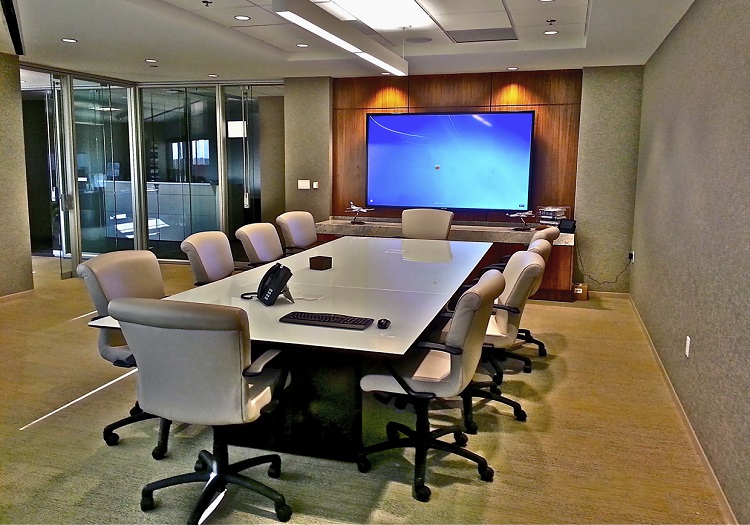Enabling Seamless Offsite Camera Entry to Your Mobile Software
Wiki Article
Unlocking seamless remote photographic control for mobile applications has become become important within today's online landscape. As cellular tech continues advancing, the demand for apps which enable individuals to manage photographic functions from a distance has grown. Such capability facilitates a range of functionalities, including capturing images and recording footage to joining on video conversations, entirely at a distance. Through guaranteeing that distant photographic access is both efficient and also user-friendly, programmers are able to create more engaging and flexible applications that satisfy consumer requirements.

In order to achieve seamless distant photographic control, programmers need to take into account the technological elements of cellular OS systems. Both Android and iOS platforms provide specific APIs which enable applications to communicate with the device's camera functions. Such application programming interfaces give a structure for utilizing photographic functions & options, such as resolution and focus. Programmers must acquaint themselves with these tools to effectively apply distant access features. Understanding the differences between platforms is paramount, since it guarantees the the app provides reliable functionality throughout various devices.
Security is another key factor in the process of allowing distant photographic control. Users must feel secure their privacy remains protected while using the app. Establishing robust authentication methods, such as two-factor authentication & fingerprint authentication, can help protect consumer data. Additionally, programmers should ensure that photographic control requests are clear and that users have authority on which applications can use their camera access. By emphasizing safety, programmers can build confidence and encourage additional individuals to adopt their apps.
UX design plays a crucial part in how effectively remote camera control can be utilized in cellular apps. site A well-designed user interface must be user-friendly & straightforward, enabling individuals to move through photographic features easily simplicity. Including concise guidelines & visual feedback may enhance the overall user experience. Moreover, responsive layout guarantees that the application operates well across various display dimensions, making it accessible for a wider audience. Through focusing on user experience, developers can build applications which remain not only operational but also enjoyable for the user.
In, enabling smooth distant camera control in cellular applications involves a combination of technical skills, safety protocols, and user-focused interface design. By leveraging the appropriate application programming interfaces, emphasizing consumer safety, and creating a user-friendly interface, programmers are able to create apps that enhance remote camera capabilities. With technology continues to advance, the significance of efficient distant photographic access will only increase, presenting new possibilities for advancement within the cellular application development industry. Embracing their explanation these advancements will ultimately lead to more empowered users and a more connected world.